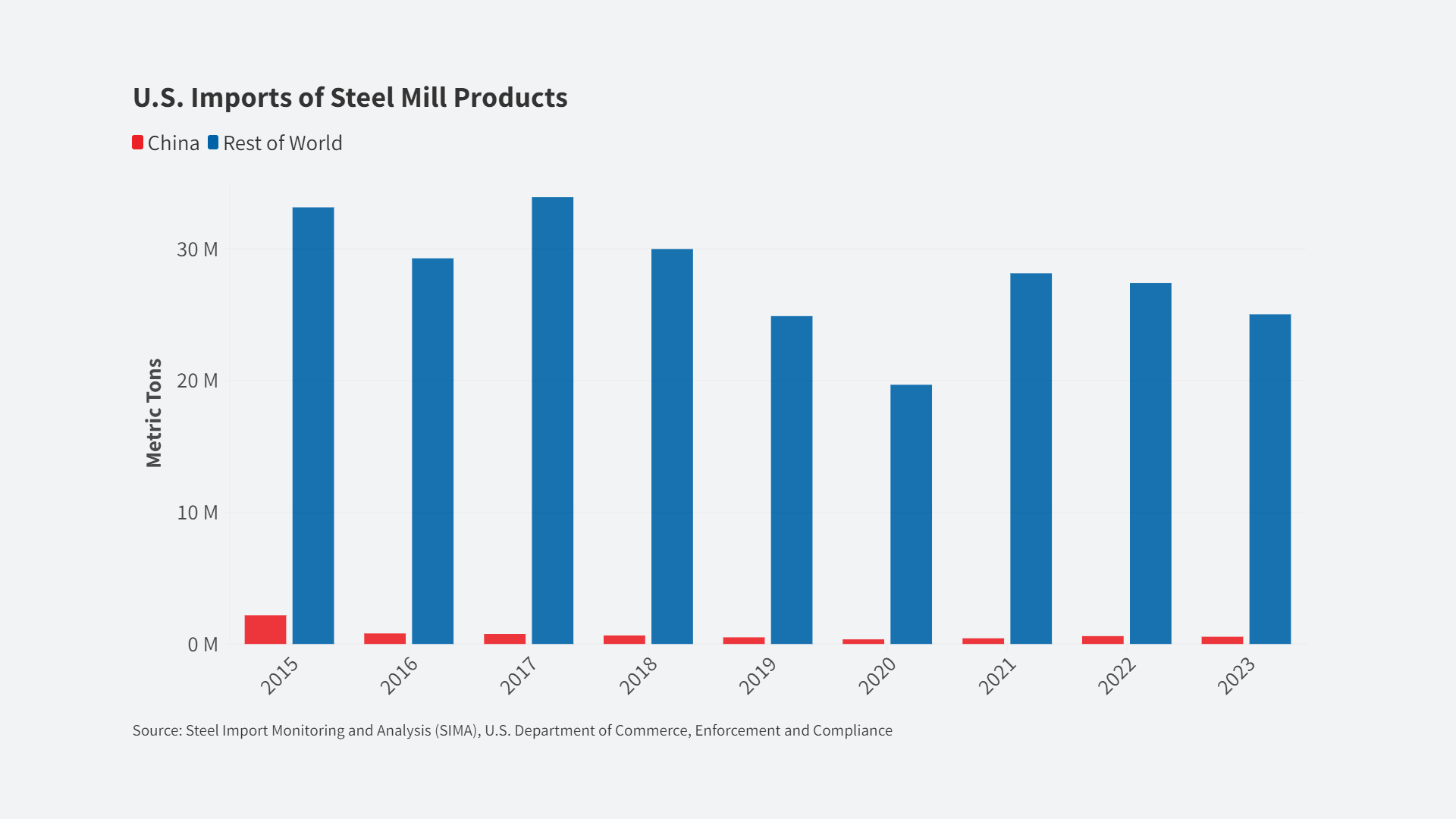
For his reshoring initiative, Rongione paid to move unique knitting equipment from China to Pennsylvania in part by using a YouTube video of Jackson to appeal to investors on Kickstarter, the crowdsourcing website.
[William Holstein| August 2, 2016 |Chief Executive]
Bollman, which says it is America’s oldest hat company, with more than $10 million in annual sales, bought the Kangol brand in 2001 from a British company. That company had previously sent all of its custom-made machines dating back to the 1930s and 1940s to southern China, where it made the beret-like Kangol hats. So Bollman, in effect, inherited a factory in China, containing the special machines that performed at much lower costs than any new machine might.
Bollman struggled to manage the factory profitably and ultimately sold it to a Chinese hat maker, but that arrangement fell apart and the idea to simply move the equipment to central Pennsylvania was born. Rongione set aside some of the employee-owned company’s funds, raised some from the state of Pennsylvania and then launched the Kickstarter campaign. Jackson, wearing a t-shirt that reads “Motherfunder,” a slight variation of a word he’s known for uttering on screen, appealed to viewers to support the move. They did, ponying up more than $100,000.
The company recently moved 10 of the knitting machines, is preparing to move dozens more, and is hiring workers at a starting hourly wage of $10.30 an hour. But it is finding that its workers, both new and old, have a big learning curve ahead of them in absorbing how to master the knitting process, which is new to the company.
“Hiring people with the specific knowledge has been virtually impossible,” Rongione says. “No one has the knowledge on this type of equipment.” So the company has brought in experts from Britain who are familiar with the equipment and worked with a local community college in Reading, Pennsylvania, to train students to become apprentices. The final outcome remains uncertain. “We still have a mountain to climb,” Rongione says.
HOMEWARD BOUND
More American CEOs are, in fact, deciding to bring home jobs from China and elsewhere. After going only in one direction for many years, the Reshoring Initiative, based in Kildeer, Illinois, reports that the total number of manufacturing jobs that were created in the U.S. in 2015 slightly exceeded the number of jobs shipped to other countries. It estimates that the combination of reshoring and foreign direct investment brought about 67,000 jobs back to the U.S. in 2015 versus 60,000 that went out, for a small net margin of 7,000 jobs.
About 60% of the jobs returning come from China. The auto industry is the most significant in terms of jobs repatriated, suggesting that large companies are the prime movers. But the Reshoring Initiative says companies of less than $1 billion in annual sales account for about half the jobs being created in the U.S.
The trend lines are not sparking the kind of celebration many reshoring advocates might have hoped for, at least not yet. One reason is that the presidential campaign rhetoric has politicized the issue so deeply that major companies such as Caterpillar, NCR and Ford Motor, all of which have brought some jobs home, decline to discuss the issue.
Ford and the Carrier air conditioner unit of United Technologies are engaged in public slanging matches with Republican frontrunner Donald Trump because of plans to move production to Mexico and those CEOs are trying to maintain low profiles. Others have suffered unintended outcomes: GE made a splash by moving the production of water heaters from China to its Appliance Park in Louisville, Kentucky—and then proceeded to sell the entire appliance division to Haier of China.
Another reality is that the jobs that do come home seem to be very different than those that left. The rough rule of thumb is that if five American jobs went to China, it required perhaps 12 Chinese workers to do the same work because fewer workers there are trained in multiple functions. But when those jobs come home, they may be only three jobs, and they require higher levels of skills to work with computers and automated production equipment. That’s not good for millions of displaced American workers, who may have only high school educations.
Moreover, millions of jobs that went offshore may never come back. Harry C. Moser, founder and president of the Reshoring Initiative, which has emerged as the most definitive source of information on the trend, estimates that U.S. manufacturers would bring back home 1 million jobs if they did comprehensive evaluations of their true offshore production costs.













